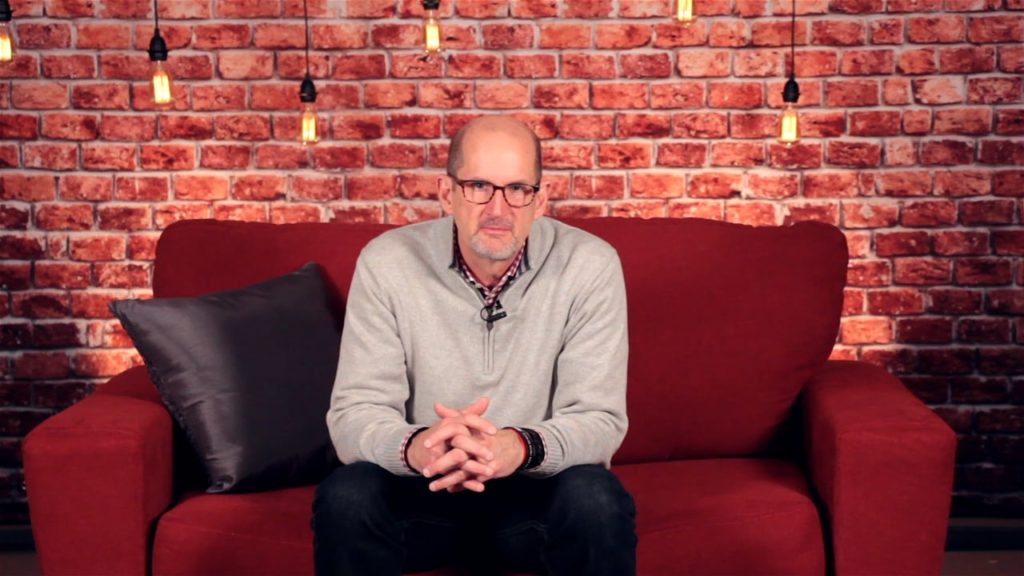Projecting Strategically
The problem with generic funding packages is that there seems to be few generic planters and even fewer generic contexts. What looks like a self-sustaining church of 250 strong in one location, might be only half funded. What appears to be a struggling plant of 40 in another location, might actually be flushed with cash. The planter that has reached 250 first generation immigrants is unsuccessful because he is forced to paint houses to survive. The planter that reached nine businessmen and gathered 40 is successful because his salary is locally covered.
Obviously, there is a fundamental problem with our single success metric of cash flow.
So how do we go about determining appropriate funding levels for a church planter?
The team at the North American Mission Board have developed an online tool called the Church Planting Growth Projector to assist a planter in setting realistic expectations for a potential plant within a specific context. We have concluded that appropriate levels of funding come down to an accurate accounting of four significant variables:
Assessed Capacity
Just as there are no generic contexts, there are no generic planters. God has uniquely gifted each of us. As in Jesus’ parable of the talents, we are all accountable for faithfully investing into his Kingdom the gifts that he has entrusted within us.
We are learning that the best performance predictors include a careful look at, church planting competencies, personal character, marital health (if married), financial maturity, as well as innumerable other considerations relating to leadership capacity, communication, social agility, and likeability. Some of these can be discovered through objective online tools, others are uncovered through personal interaction.
Contextual History
If I am assessed, in context, by a series of experienced leaders from that context as a solid 7.0 out of 10, then my growth expectations should be aligned with that assessment. If, as a 7.0 planter, I am financially banking on growing a church to 500 people in five years, I may have a few important things to consider. I will need to study the track records of others who have planted in this context. If Planter Steve, who assessed as a ‘9.5’ has grown the largest church in the area, which is 275 after five years – my projection might need a downward tweak.
So by comparing my probable capacity to the contextual history of an area, I can begin to establish an appropriate trajectory for the end of my funding runway. It is recommended that a potential planter include a Church Planting Catalyst from that context to assist in this process.
Contextual Giving Patterns
The next step is gaining the awareness of the normative giving patterns of that context.
Lets assume, based upon contrasting my capacity with Planter Steve, that my trajectory after five years would be around 150 people. The next piece of knowledge that I need to gain is, “What is the average weekly per capita giving for this context?” This is where you again need local expertise to help make informed determinations. By understanding your strategy, which includes a target audience, you can start to project a realistic financial picture.
Lets also assume that my target will be a mixture of university students and healthcare workers that concentrate around the university. By visiting churches in similar areas reaching a similar demographic, you might discover that weekly giving averages out to eighteen dollars per person attending.
By projecting five years into the future, when 150 people call this new plant their spiritual home, you can likely project an annual local income of $140,400. What happens if I have ministry vision that calls for an annual income of $300,000? In five years when the funding runway ends, I will likely be in cost-slashing mode. This painful story has repeated itself too many times.
Runway
It seems that traditional wisdom has deemed that funding runways should be three years. The thinking has been, “If you can’t get a self-sustaining church up and going in three years, you likely are not a church planter.” That probably was valid reasoning when we were evangelizing in a far less secular culture. Today, a three-year runway seems appropriate only when you are planting in an exposed Christian environment.
The problem of a three-year funding window in contexts that have little Gospel access is that extra time is required for the cultivation and sowing activities (which are assumed to be present in more Christianized cultures). If time is not allowed for these activities, planters are tempted to take survival shortcuts by gathering the already well churched. This is shortcut is usually a prescription for long-term evangelistic sterility. At this point in history, most church planters will likely need a five-year runway to plant an evangelistically effective, self-sustaining church in a highly secular context.
As you begin to think through the possibility of planting a new church, and the question runs through your mind, “How much money will I need to raise in order to plant a church?”
Remember that a good answer is going to take some homework.
Published June 11, 2015
